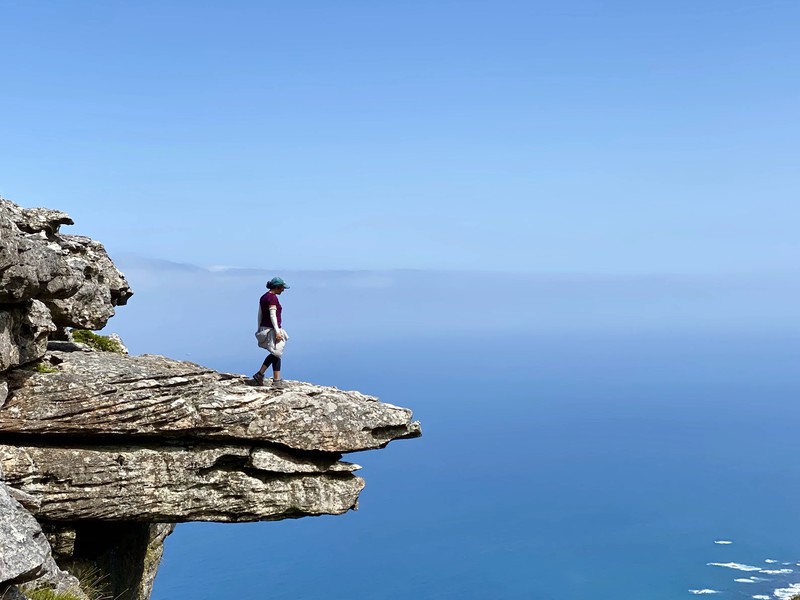
In a world filled with fast-paced living and instant gratification, there is a growing movement that urges us to slow down, breathe, and immerse ourselves in the art of slow travel. This alternative approach to exploring the world not only allows us to savor each moment but also fosters sustainable tourism practices that benefit the environment and local communities.
Why Slow Traveling is So Popular in the Sustainability Community?
From a personal point of view, as a freelance sustainability content writer, I’m particularly drawn to the concept of slow travel and its positive environmental and social impact. Slow traveling allows us to break free from the fast-paced tourist traps and truly immerse ourselves in the local culture and environment. As a sustainability writer, I find joy in advocating for responsible travel practices that benefit both the destinations we explore and the communities that call them home. By embracing slow travel, we have the opportunity to minimize our ecological footprint, support local economies, and preserve the cultural heritage that makes each place unique.
It’s a beautiful synergy between mindful exploration and sustainable choices, and as a sustainability content writer, I’m dedicated to spreading the word and inspiring others to embark on their own transformative journeys of slow travel.
So, grab your backpack, leave the rush behind, and let’s embark on a sustainable journey that will leave a positive impact on the places we visit.
The Benefits of Slow Traveling
Environmental impact
Slow traveling has a profound environmental impact as it encourages us to choose greener modes of transportation and adopt eco-friendly practices throughout our journeys. Instead of hopping on a plane for short distances, we opt for trains, buses, or bicycles, reducing our carbon footprint. By embracing slow travel, we contribute to lower greenhouse gas emissions and help combat climate change.
Moreover, slow travelers tend to explore a destination more deeply, immersing themselves in its natural beauty. This intimate connection with nature fosters a sense of responsibility and appreciation, leading to a greater desire to protect and conserve the environment. Whether it’s hiking through lush forests, snorkeling in pristine coral reefs, or strolling along idyllic beaches, slow travel allows us to experience the beauty of our planet in a sustainable way.
Empowering Local Communities
One of the most remarkable aspects of slow travel is its positive impact on local communities. By staying longer in a place and engaging with the locals, we become participants in their daily lives and contribute to the local economy. Instead of rushing through popular tourist spots, slow travelers seek authentic experiences and support local businesses, from family-owned restaurants to artisan markets.
Furthermore, slow travel encourages cultural exchange and mutual understanding. It allows us to immerse ourselves in different traditions, languages, and customs, fostering respect and appreciation for diverse cultures. By engaging in meaningful interactions, we become ambassadors of goodwill, bridging gaps and promoting social cohesion.
Preserving Cultural Heritage
Sustainable tourism and slow travel go hand in hand when it comes to preserving cultural heritage. By taking the time to learn about local history, traditions, and customs, we gain a deeper appreciation for the cultural treasures of a destination. This awareness leads to a more responsible approach, ensuring that heritage sites, ancient traditions, and indigenous knowledge are respected and protected for future generations.
Moreover, slow travelers have the opportunity to support community-led initiatives that focus on preserving cultural heritage. By participating in homestays, volunteering in local projects, or engaging in educational programs, we actively contribute to the preservation and revitalization of cultural practices.
Conclusion
Slow travel is a transformative journey that allows us to embrace sustainable tourism practices, both for our planet and the communities we visit. By choosing to slow down, we create opportunities for authentic connections, environmental conservation, and cultural preservation. So, let’s make a conscious choice to embark on a sustainable adventure, where every step we take contributes to a better future—a future where we savor the beauty of our world while leaving it even more vibrant and resilient for generations to come.




